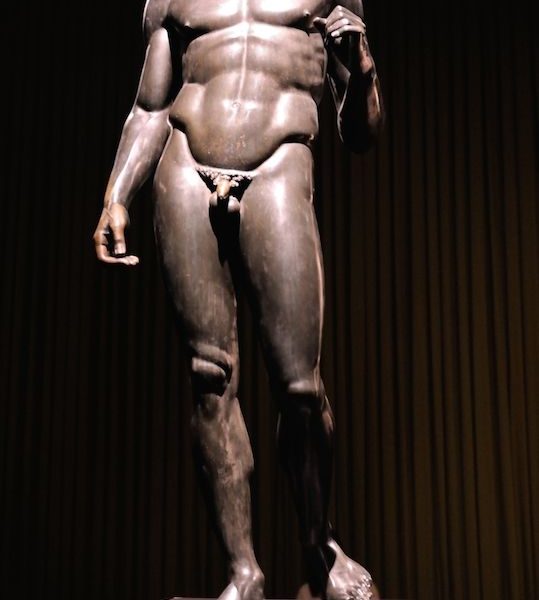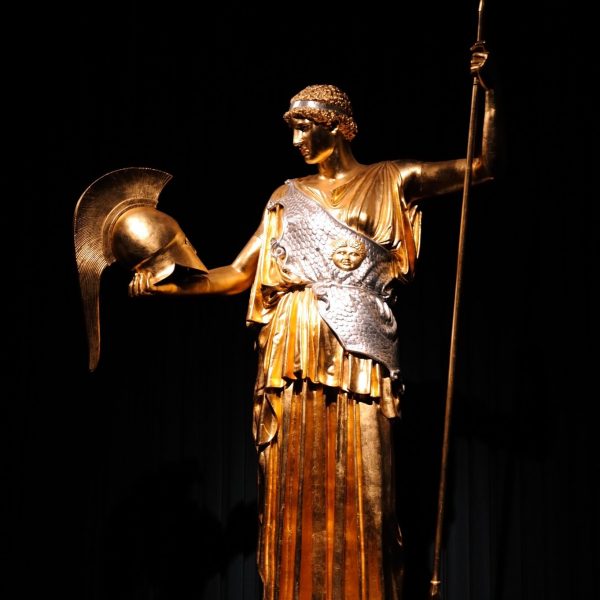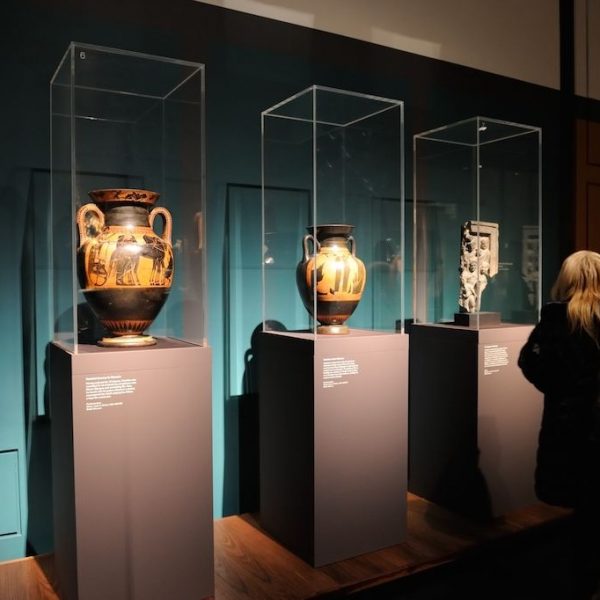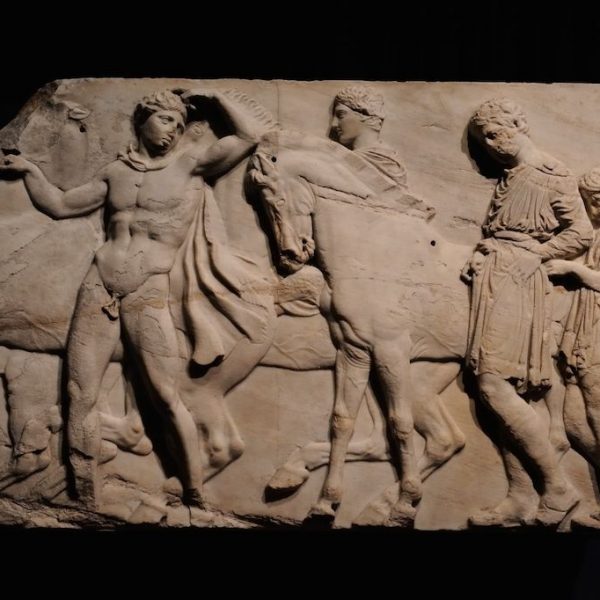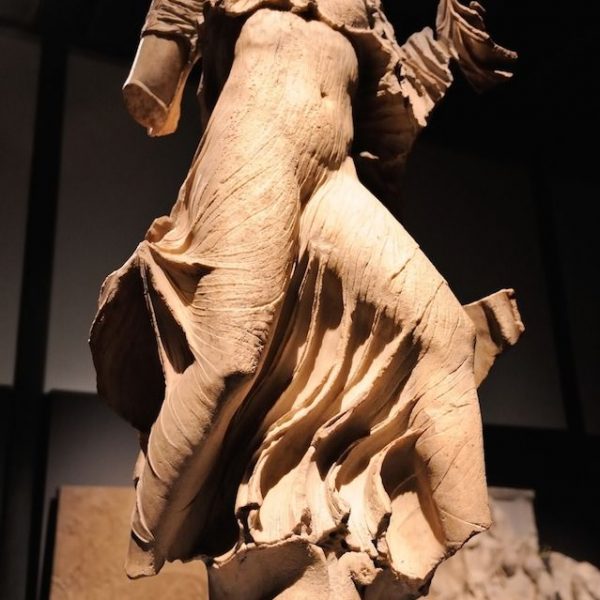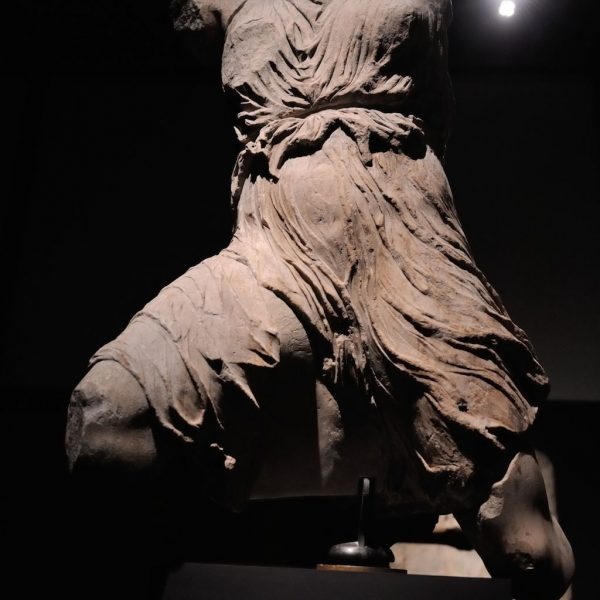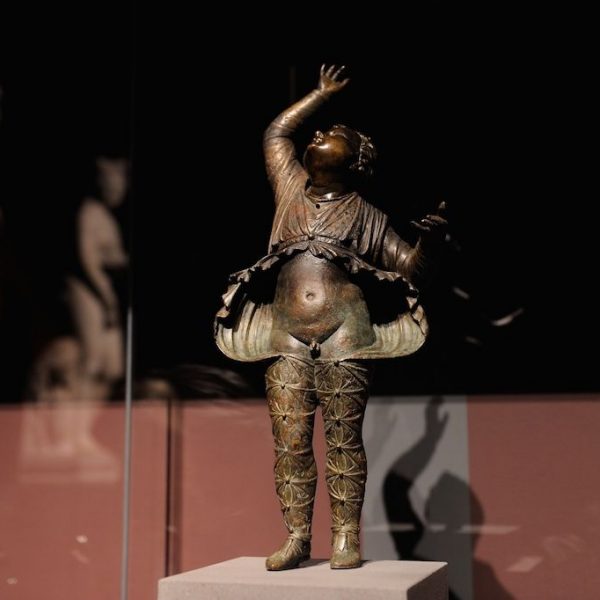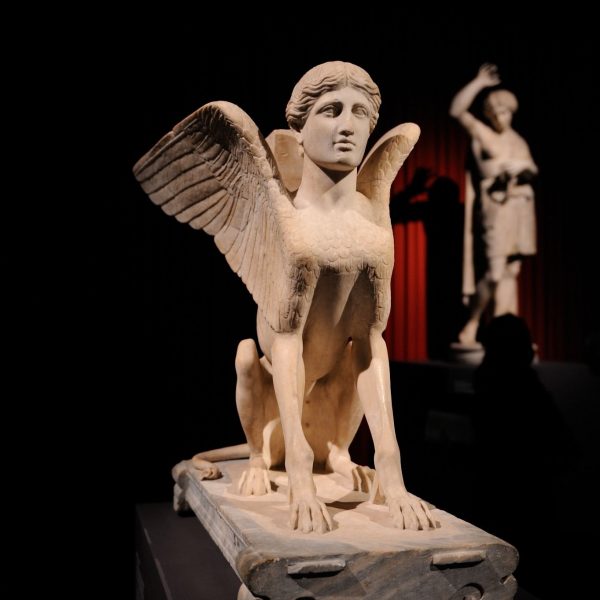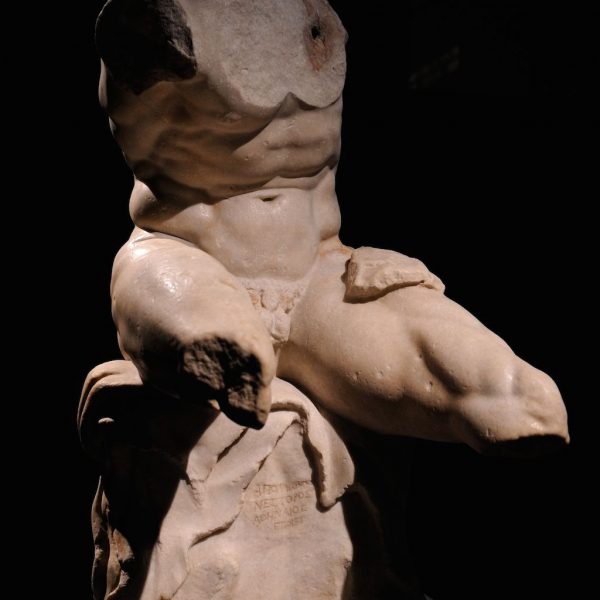
26 March – 5 July 2015
British Museum Sainsbury Exhibitions Gallery
Experience the brilliance and diversity of ancient Greek art in this major exhibition focusing on the human body.
For centuries the ancient Greeks experimented with ways of representing the human body, both as an object of beauty and a bearer of meaning.
The remarkable works of art in the exhibition range from abstract simplicity of prehistoric figurines to breathtaking realism in the age of Alexander the Great. These works continued to inspire artists for hundreds of years, giving form to thought and shaping our own perceptions of ourselves.
This spring the British Museum will stage a major exhibition on the human body in ancient Greek art, sponsored by Julius Baer.
This exhibition will explore the Greek experience and its preoccupation with the human form. To the ancient Greeks the body was a thing of beauty and a bearer of meaning. The remarkable works of art in the exhibition range from the abstract simplicity of prehistoric figurines to breathtaking realism in the age of Alexander the Great. Giving form to thought, these works continued to inspire artists for hundreds of years and, over time, shaped the way we think of ourselves.
The exhibition will feature around 150 objects, including some of the most beautiful Greek sculpture to have survived from antiquity. In addition to iconic white marble statues, the exhibition will include exquisite works in terracotta, beautiful bronzes and fascinating vases that demonstrate the quality and inventiveness of ancient Greek craftsmen. Outstanding objects from the British Museum, one of the most important collections of Greek art in the world, will be shown alongside extraordinary loans from other world-class collections.
Ancient Greek sculpture was both art and experience. The exhibition will present sculpture as an encounter between viewer and the object. The first such encounter will be a newly discovered original bronze sculpture of a nude athlete, scraping his body with a metal tool after exercise and before bathing. Raised off the seabed near Lošinj, Croatia in 1999, this rare survival of an ancient bronze statue will be shown for the first time in Britain after years of conservation.
For the first time, six Parthenon sculptures will be taken out of the permanent Parthenon gallery and will be installed in the temporary exhibition in order to contribute to a different narrative from their usual context. As a supreme example of the work of the sculptor Phidias, the river god Ilissos will be shown in dialogue with the work of two of the sculptor’s contemporaries; the Townley Discobolus, a Roman copy of the lost original by Myron, and Georg Römer’s reconstruction of the Doryphoros by Polykleitos. The three great sculptors of the age, Myron, Polykleitos and Phidias, were said to have been trained in the workshop of a single master and each motivated by a strong impulse to outdo the other. In addition to the figure of Ilissos, other examples of sculpture from the Parthenon temple will be shown in different sections of the exhibition including a metope, two blocks from the frieze, one figure from the West Pediment and one figure from the East Pediment group.
The exhibition will also explore the revival of the Greek body in the modern era following its destruction and disappearance at the end of pagan antiquity. Prior to the arrival of the Parthenon sculptures in London in the early 1800s, Greek art was viewed through Roman copies of lost Greek originals, such as the Belvedere Torso, which will be lent by the Vatican Museum. This seated hero, perhaps Herakles, was regarded by Michelangelo as the finest fragment of classical sculpture that could be seen in his day. It will be shown alongside his drawing of Adam for the Sistine Chapel ceiling. These masterpieces will be displayed in a unique combination with a reclining nude figure from the East pediment of the Parthenon. Thus the school of Michelangelo will be brought together with the school of Phidias for the first time.
The exhibition will explore how, in Greek art, the body acts as a pictorial language for articulating the human condition. It can represent every aspect of mortal and divine experience, in fulfilment of Protagoras’s statement “Man is the measure of all things”. This exhibition will be the first in a series to focus on important areas of the Museum’s famous permanent collection to guide future thinking about the display of one of the most important collections of sculpture in the world, allowing for a greater dialogue between the sculptures of different cultures.







